

Gourd, or squash, is a familiar fall vegetable.
Key squash facts, a summary
Name – Cucurbita maxima
Family – Cucurbitaceae (gourds)
Type – vegetable
Height – 8 to 20 inches (20 to 50 cm)
Exposure – full sun
Soil – rich and well drained
Harvest – September to December
From sowing to harvest, each step is important and will help you to get magnificent squash.
March is the right time to start sowing in a sheltered place in nursery pots followed by transplanting when the last frosts are past, or you can also wait for direct sowing starting from the month of May.
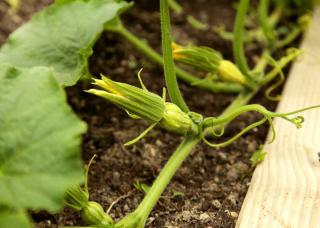
It is also possible to sow directly in the ground, starting from the month of May.
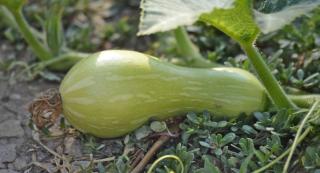
Once the plants have grown well, mulch their base to keep the soil moist and cool.
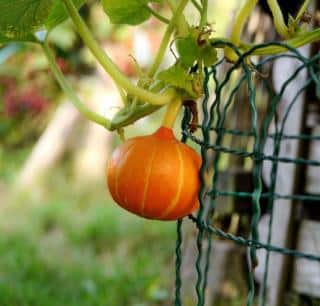
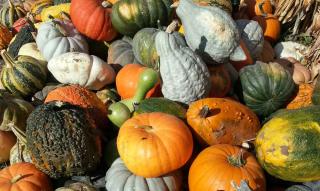
Fruits start to mature as early as September, but best is to harvest your squash when the stem has dried up and that foliage has turned yellow.
After the harvest, squash can keep for almost a year, in a dry room with a temperature ranging from 50 to 60°F (10 to 15°C).
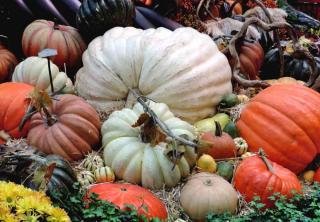
With high levels of vitamin A, B, and C, these fruits also have the advantage of keeping for a long time over winter, ideally at temperatures of about 50 / 55°F (10 / 12°C).
Since it contains 92% water, squash is rather low on calories and potassium-rich, which makes it an excellent vegetable against hypertension.
Its flesh, which also has high levels of vitamin A, demonstrates acknowledged antioxidant properties.
The different varieties of squash that are grown most are ‘Hubbard’, ‘Butternut’ and ‘Turban’ squash. Of course, another squash that is very appreciated is red kuri squash, with sweet flesh that reminds one of chestnuts. Interesting for children is the fun-to-eat spaghetti squash.
Read also:
Take care not to let too many fruits develop on a single plant (at most 5 or 6), or you might reduce the quality of the entire harvest overall. The technique is to remove weaker and smaller fruits as soon as they form.